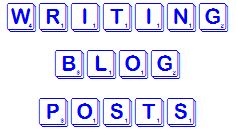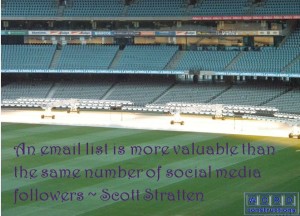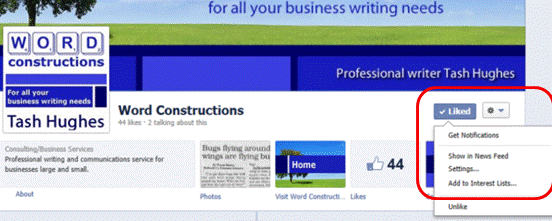Blog post writing isn’t always easy, but it’s possible
Does every blog post come naturally and easily? 
Speaking for myself, the answer is a definite no!
Speaking on behalf of clients and many business people I have spoken to, I would also give a resounding no!
Speaking for yourself, do you think it’s easy to write blog posts? How about if you try writing them to fit a marketing schedule?
So sometimes we have to make ourselves write a post, even if it is hard finding an idea or topic.
Don’t force your writing
A post on SEO outreach by Emma Fox stated “don’t force yourself into making something for a website.” (Yes, the same post that inspired my post about taking time to develop ideas last week has inspired this post, too!)
It’s an interesting statement.
You can take it to mean its best to write naturally and don’t go too far in making your posts relevant to a very different topic. Which are good points.
Or you can read it as advice to only write for other blogs when you feel like it. Which sounds very nice, but is not so practical for a business owner trying to market their business!
Choosing a guest blog host
When it comes to choosing where to put a guest blog post, I try to get that balance through the following ideas:
- if the blog’s topic is too far from my areas of knowledge, I don’t write posts for them
- I only approach someone with a potential guest post when I know I have the time to provide the post, meaning I have a bit of time to be able to write without it being a huge chore or stress
- I don’t try being someone else or write in another’s voice so the post feels natural. I will angle the content and tone to suit an audience but keep to what feels right for me
- I am experienced in writing on demand – I think you can choose to write at any time, not just want for the right mood, without feeling forced into it. Habit and attitude can get you writing – like Chris Guillebeau, I like the quote from Somerset Maugham: I write only when inspiration strikes. Fortunately, it strikes every morning at nine o’clock sharp.










 A picture says a thousand words.
A picture says a thousand words.
Recent Comments